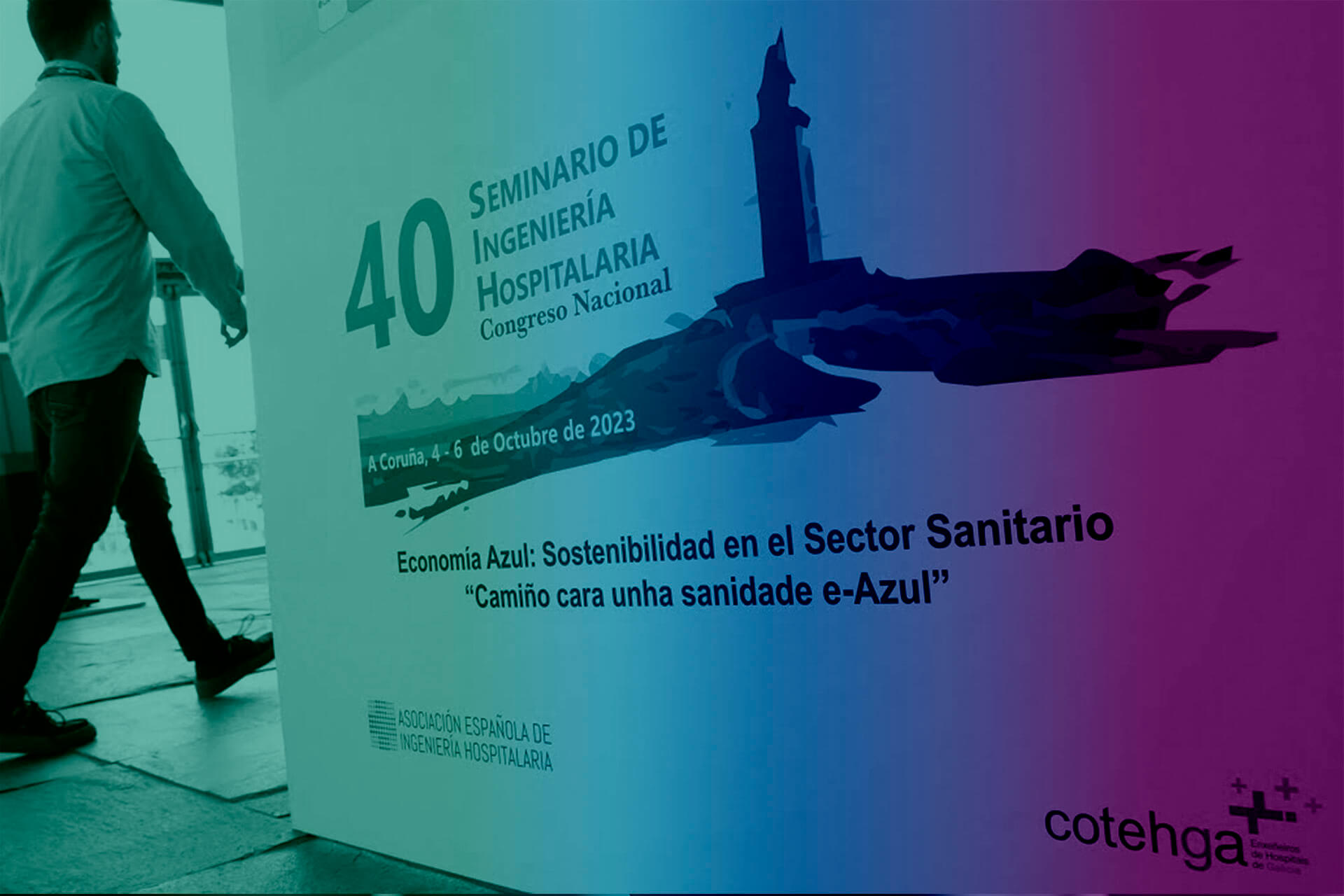The 40th Congress of Hospital Engineering exceeds any forecast with 1,500 attendees.
The 40th Hospital Engineering Seminar of A Coruña has ended with great participation success.
The event par excellence of hospital engineering exceeded 1,500 specialists gathered, almost half a thousand more than expected, during its celebration in A Coruña on October 4, 5 and 6.
The Gaviota auditorium in Palexco hosted 11 discussion tables and more than 80 communications in which the sector debated at length about innovation in this industry and the challenges to be addressed.
Specifically, sustainability in the health sector, with the slogan ‘Path to an E-Blue Health’, was the central theme of the congress, as well as the promotion of Biomedical Engineering, the development of architecture and new high-tech facilities.
During the opening ceremony, the president of the seminar, José Luis López, indicated that “this is a meeting point and reference for professionals in innovation, science and health technology.” In short, “we place the sector as a fundamental pillar of our National Health System.”
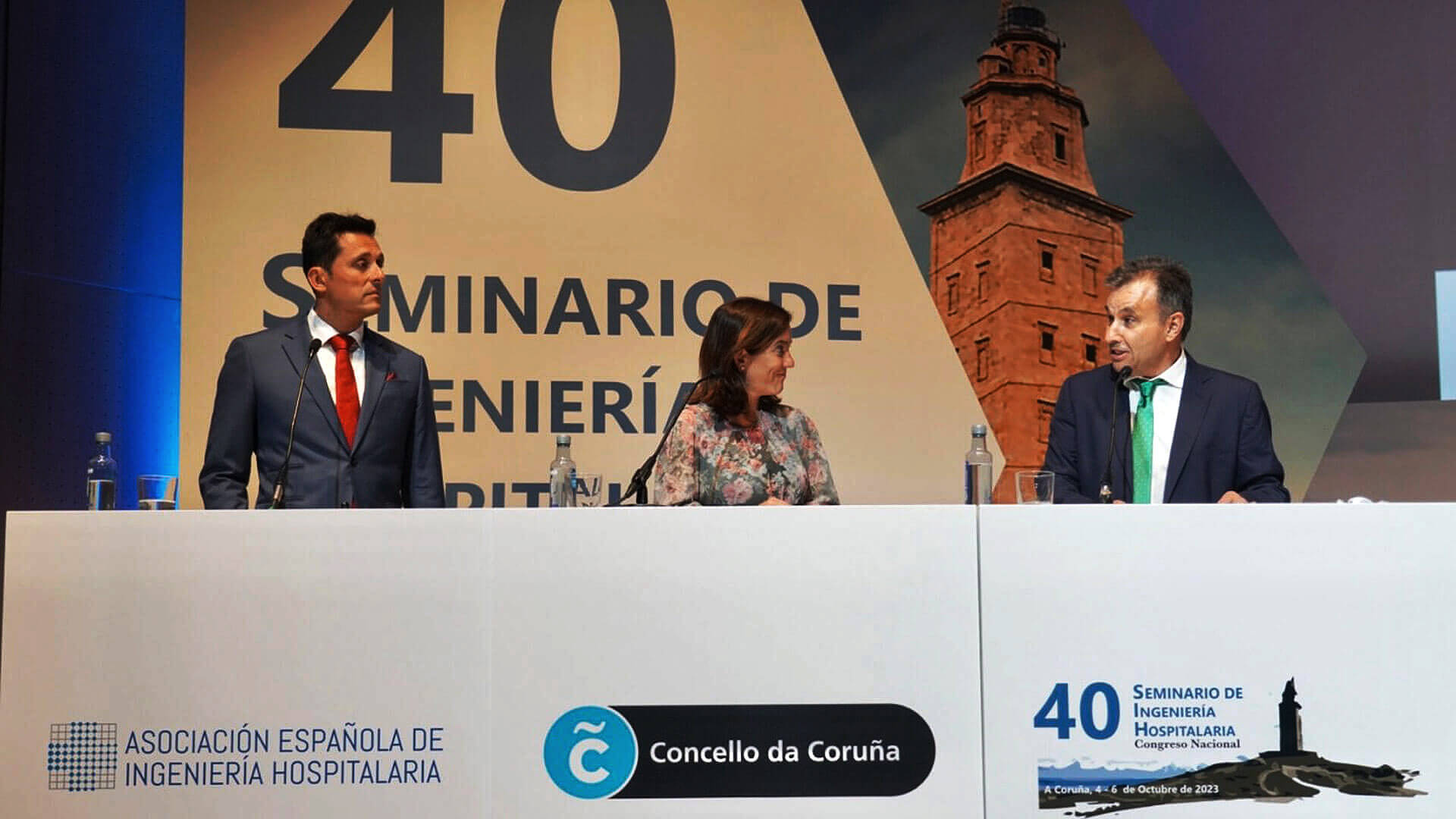
The era of the Blue Economy arrives
At this meeting point and reference for professionals in innovation, science and health technology, the concept of the Blue Economy occupied the ‘covers’ of the event in the Herculean city.
What is the Blue Economy about?
We talk about the importance of sustainability and ecological balance that must be present in the health system. The application of the circular economy and care for the environment in the daily life of the profession.
In short, it is about escaping from the linear economy model, with hospitals being buildings in the tertiary sector and increasingly with high energy demand and the costs that this currently entails.
This blue economy therefore seeks solutions from the point of view of hospital engineering and architecture to perfect new hospital constructions and, above all, reform them properly.
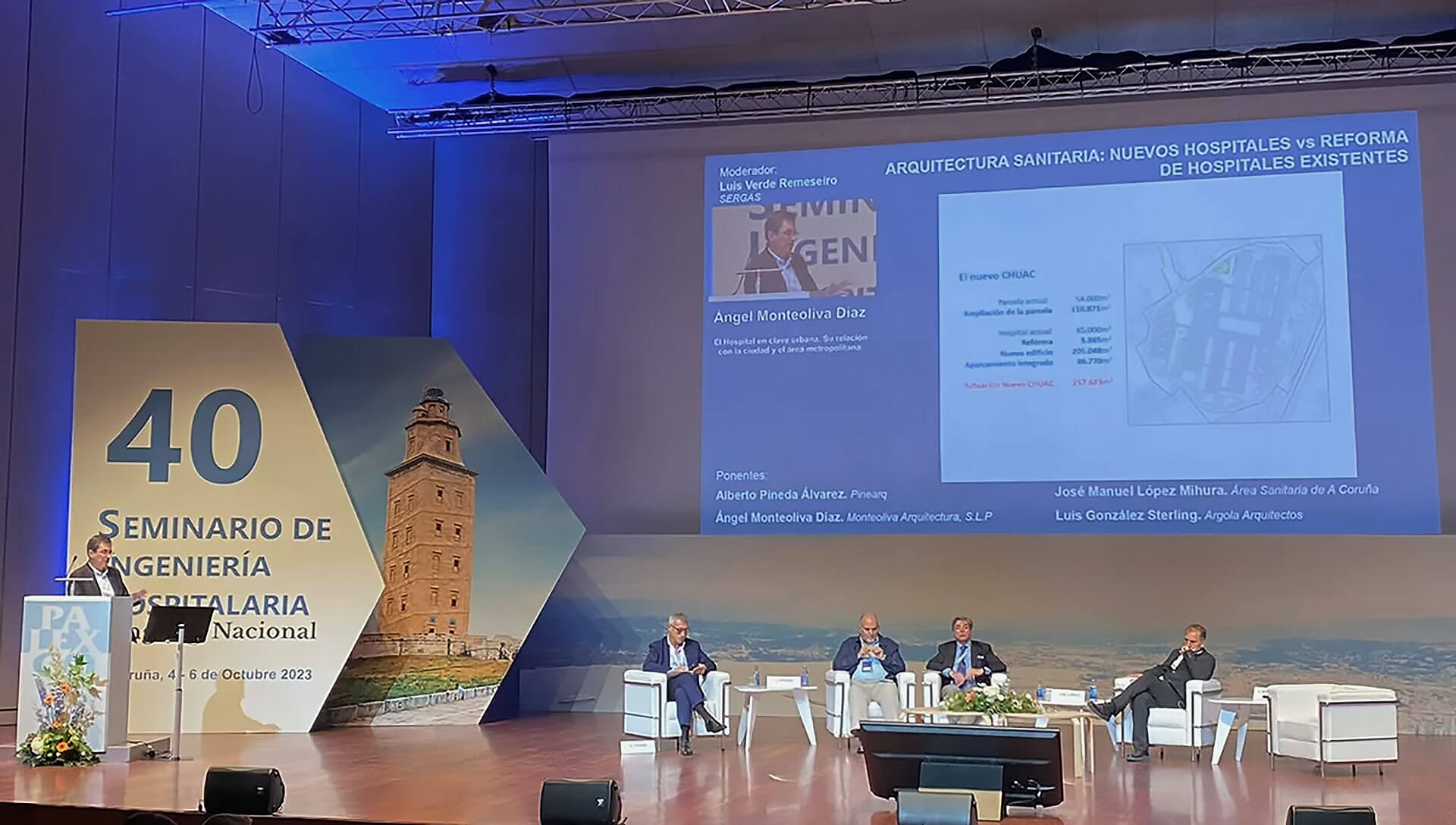
The guru of the blue economy, present
One of the main protagonists of the event was Gunter Pauli, guru of the blue economy (and author of the term).
This famous economist predicted a change in the health model towards prevention, with health sustainability being the central theme.
Pauli explained that the blue economy is totally different from the green economy because while the latter only thinks about the cost, the blue economy is a business model where we generate much more value, and it is not just about reducing expenses.
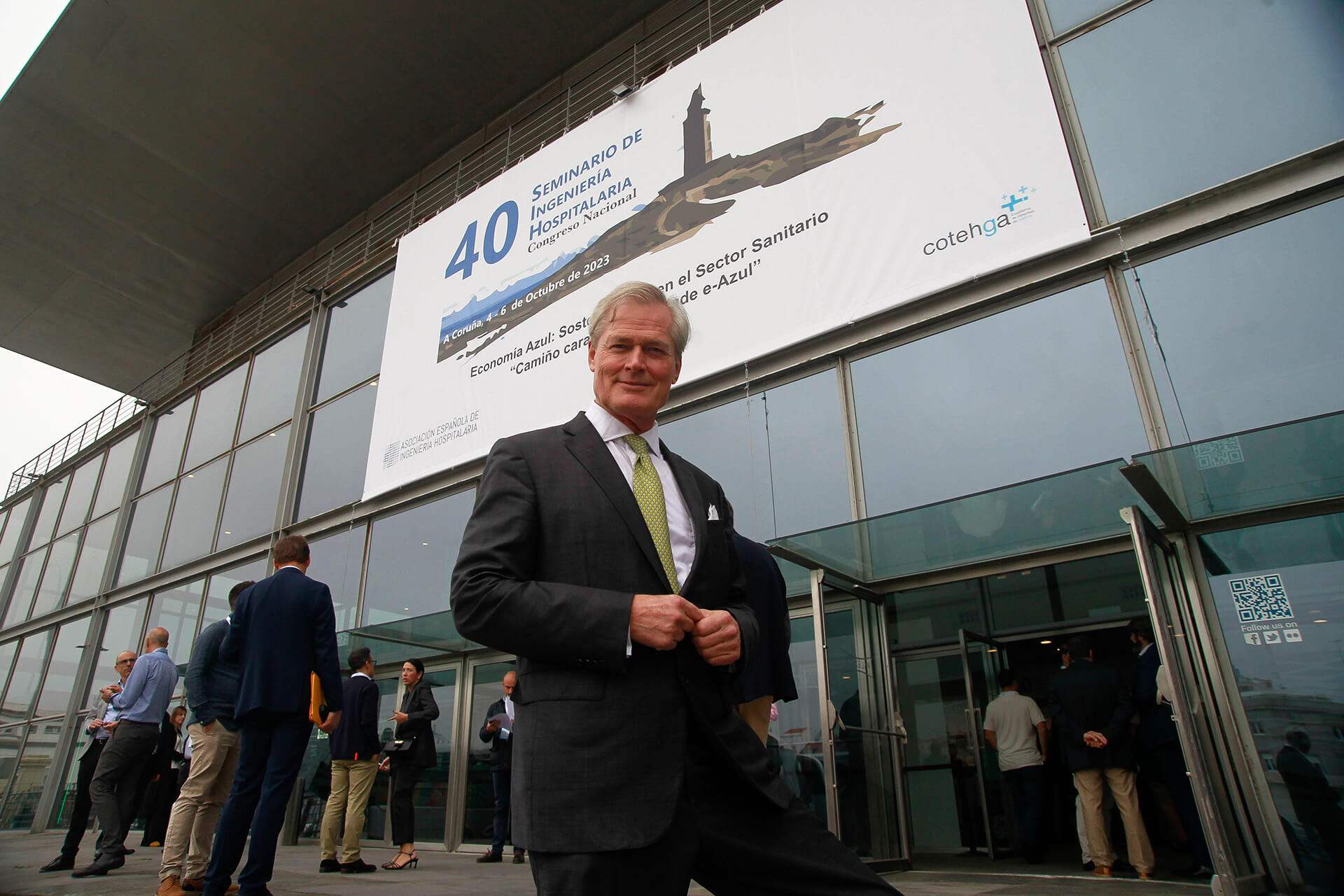
The present and future of Biomedical Engineering
The 40th Hospital Engineering Seminar also left room for one of the disciplines with the best present and future perspectives, such as training in Biomedical Engineering.
This branch, focused on the application of engineering principles and techniques to solve problems in medicine and biology, is called to be a central axis of health innovation in the short and medium term.
It has become a reference within Industrial Engineering and is among the best valued at the state level, with increasing professionalization, multidisciplinary work teams and increased investment in R&D.
Health cybercrime, under debate
Another of the keys to the Seminar held in A Coruña has been the approach to cybercrime.
The increase in cyberattacks has put Hospital Engineering and the healthcare area in check, which has great challenges ahead in protecting valuable medical data. Not in vain, these have become one of the favorite targets for cybercriminals.
We are talking about data with intimate and sensitive information about companies, staff, patients, diagnostic results…
To combat it, it was demanded to establish measures to eradicate the capacity for cyberattacks, the restoration of information through backup copies or the massive change of passwords.
It must be taken into account that the digitalization of health systems and the dependence on technology for the operation of hospitals and medical care centers strongly attract the attention of cybercriminals.
In 2022 alone, more than 500 institutions reported incidents, which, according to data from INCIBE, the National Cybersecurity Institute, represented an increase of 48% compared to 2021. To the point that 89% of health organizations have suffered an average of 43 attacks in the last year, almost one every week.
In this sense, cybercriminals use various techniques to attack healthcare systems.
One of the most popular is ransomware, a type of malware that encrypts system files to demand a financial ransom in exchange for unlocking them.
There is also phishing, a social engineering technique to trick users and obtain confidential information, such as passwords and system access data.
Driving technology
In the technological area, the congress highlighted innovation in AI medical technology, presenting communications in which projects based on artificial intelligence, big data or image processing stood out. In addition to innovation in infrastructure, High Technology developments, interoperability of devices and facilities.
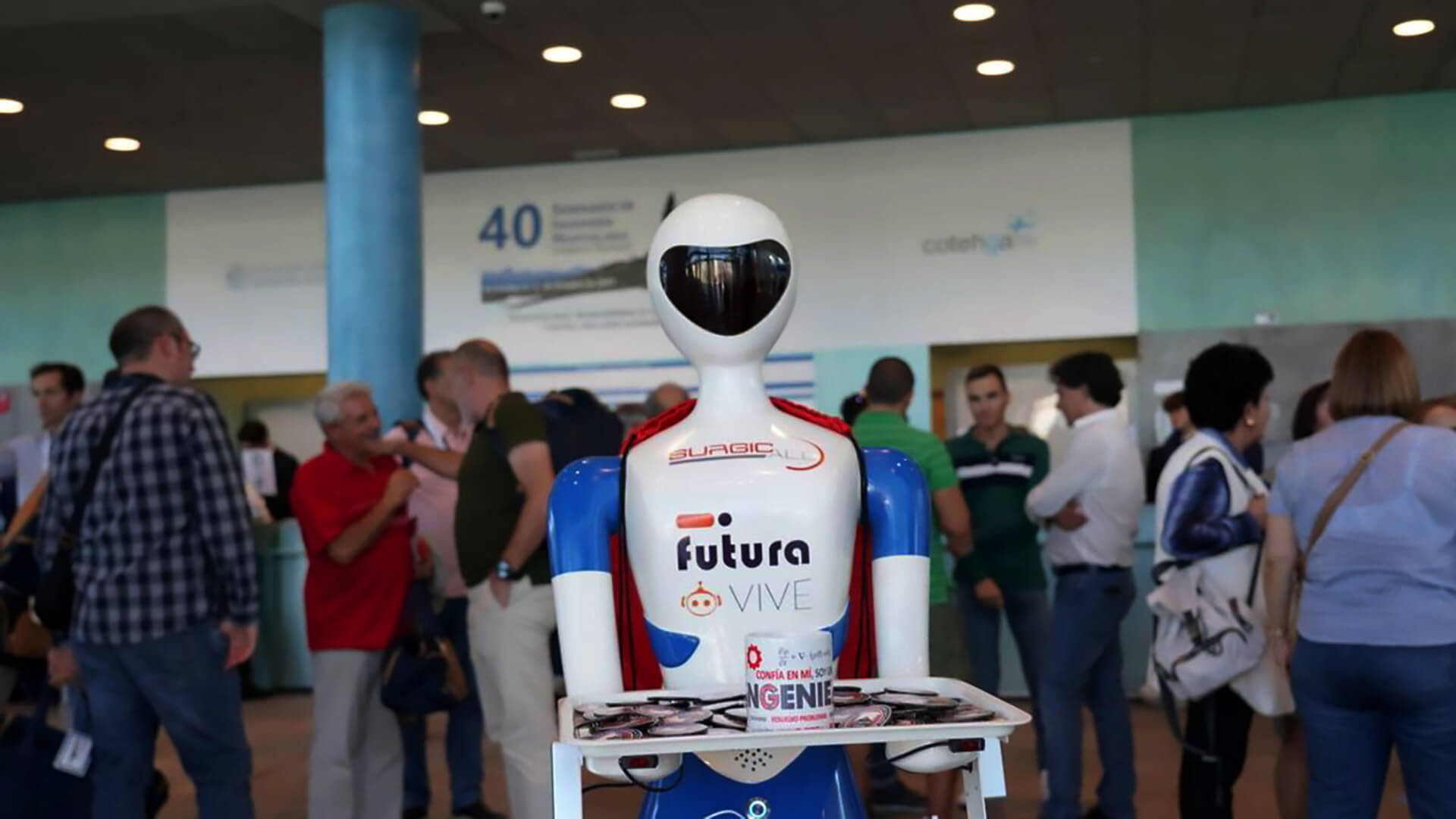
The 41st Congress of the AEIH, in Seville 2024
At the end of the event, the president of the Spanish Association of Hospital Engineering confirmed that the next Hospital Engineering Seminar, in its 41st edition, will take place in Seville.


